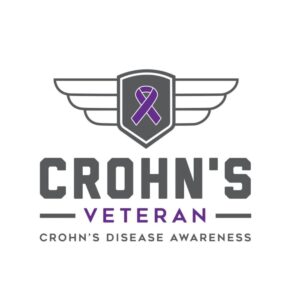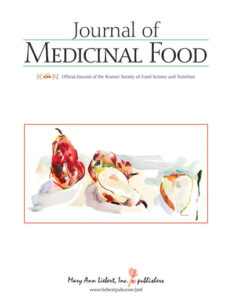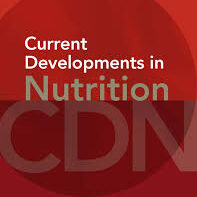Protein-Packed Foods
Protein has many roles in the body:
- it helps repair and build your body’s tissues, allows metabolic reactions to take place, and coordinates bodily functions.
- it keeps the immune system strong, transports, and stores nutrients, and can act as an energy source, if needed.
- it can help keep us full, as it takes longer for our bodies to digest.
- for weight gain and to restore losses after an acute flare, protein needs may be increased by 50 percent! Needs are also increased if you’re taking corticosteroids like prednisone.
- Aim to get about 20-30 grams of protein per meal (our bodies can’t absorb more than this amount in one sitting).
Below are protein-packed ideas that are not only nutritious, but tasty too. Try them all separately or combine the different options to give your meals and snacks more protein and variety.
High Protein Foods
(contains 4 or more grams)
Bagel, 4″: egg, raisin, or onion
- 1 each = 9 g
Beans: lima, kidney, baked, or garbanzo, canned
- ½ cup = 6-7 g
Beans: white, navy, or great northern, canned
- ½ cup = 9 g
Beef, ground sirloin
- 1 oz = 9 g
Beef, top round
- 1 oz = 10 g
Cheese, most types
- 1 oz = 7 g
Cheese, cottage, low fat
- ½ cup = 15.5 g
Cheese, Parmesan
- 2 Tbsp = 4 g
Cheese, ricotta
- ½ cup = 14 g
Chicken breast
- 1 oz = 9 g
Dried beans and peas
- ½ cup = 6-9 g
Egg, whole or hard-boiled, large
- 1 each = 6 g
Fish, fillet or steak
- 1 oz = 6.5-7.5 g
Lentils
- ½ cup = 9 g
Milk, cow, all types
- 1 cup = 8 g
Muffin, English
- 1 each = 5 g
Nuts: cashews, walnuts, mixed
- 1 oz = 4-5 g
Nuts: peanuts, pistachios, almonds
- 1 oz = 6 g
Peanut butter
- 2 Tbsp = 8 g
Roll, hamburger or hotdog
- 1 each = 4 g
Sardines
- 1 oz = 7 g
Sausage, patty
- 1 oz = 5 g
Seeds, pumpkin
- 1 oz = 9.5 g
Seeds, sunflower
- 1 oz = 5.5 g
Shellfish or crab
- 1 oz = 5.5 g
Soybeans
- ½ cup = 14 g
Tofu, firm
- 1/4 cup = 5 g
Tuna, canned, drained
- 1 oz = 7 g
Turkey
- 1 oz = 8 g
Veggie or soy patty
- 1 each = 11 g
Yogurt
- 8 oz = 8-13 g
Low Protein Foods
(contains 3 grams or less)
Beans, green or yellow
- ½ cup = 1 g
Beets
- ½ cup = 1.5 g
Bread, pita, 4″
- 1 each = 2.5 g
Bread: wheat, rye, white
- ½ cup = 2-3 g
Cereal, bran or wheat
- 2 Tbsp = 8 g
Cream of wheat
- ½ cup = 3 g
Greens: collard, beet, mustard, kale
- ½ cup = 2 g
Oatmeal
- ½ cup = 3 g
Peas, green, canned
- ½ cup = 3.5 g
Potato, baked with skin
- 1 medium = 3 g
Rice, white or brown
- ½ cup = 2.5 g
Rice, wild
- ½ cup = 3.5 g
Spaghetti, whole wheat
- ½ cup = 3.5 g
Spinach
- ½ cup = 3 g
Squash
- ½ cup = 1.5 g
Tomato sauce
- ½ cup = 2 g
Tortilla, flour
- 1 each = 2.5 g
Want more personalized recommendations?
Still feeling confused about how protein recommendations for your body? I help my clients implement a highly personalized nutrition plan that brings clarity around which to foods to add that may be beneficial, reduces fear and anxiety around eating, reduces inflammation, and ultimately helps them to get their lives back.
Want to chat more about your specific situation? Let’s get in touch!
References:
US Department of Agriculture Agricultural Research Service. USDA National Nutrient Database for Standard Reference and Nutrient Data Laboratory; NutritionData.com. Nutrition Facts and Information.








































